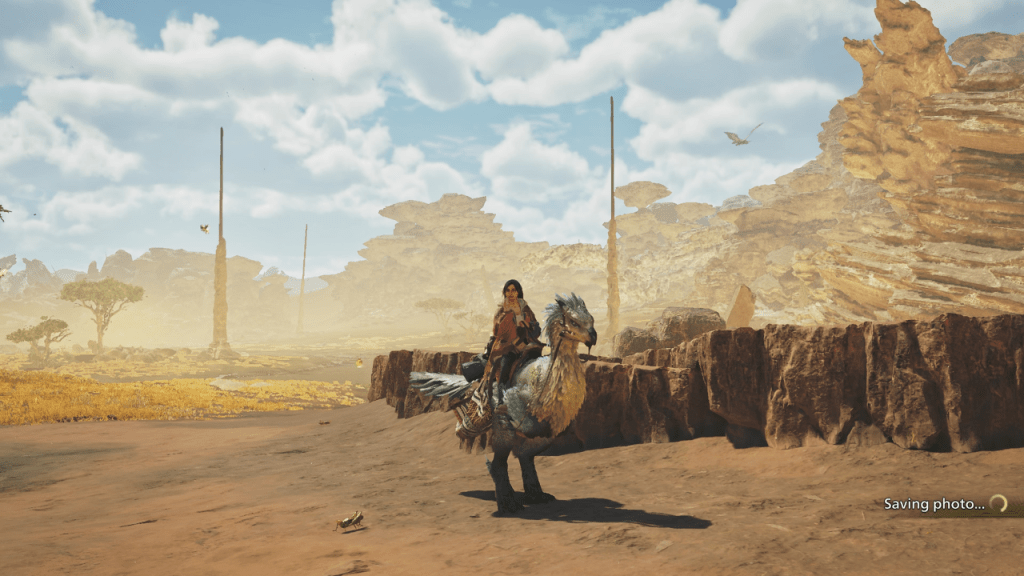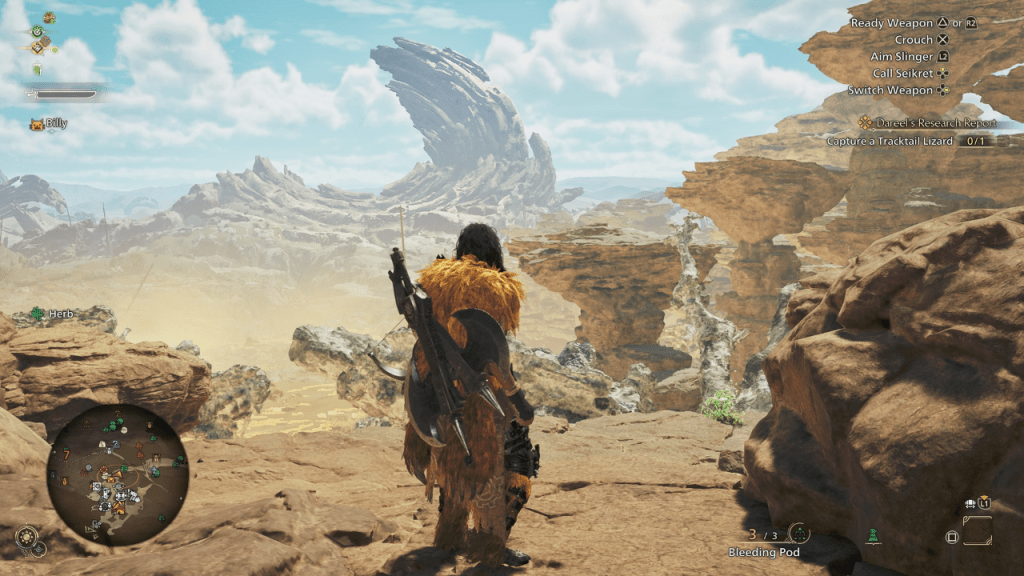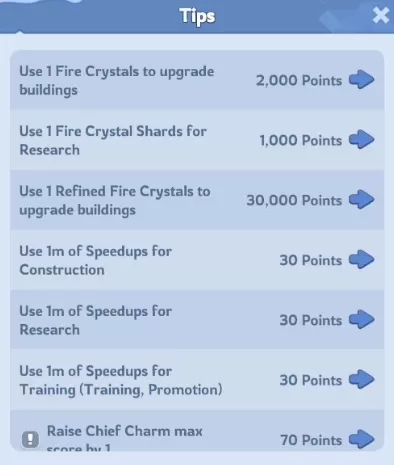Monster Hunter Wilds: Understanding Seasons and Weather
In *Monster Hunter Wilds*, the dynamic seasons and weather systems in the Forbidden Lands add a rich layer of complexity and excitement to the gameplay. These environmental shifts not only alter the visuals but also significantly influence the game's mechanics and strategies. Here’s a comprehensive guide on how seasons and weather impact your adventures in *Monster Hunter Wilds*.
Monster Hunter Wilds Seasons, Explained

*Monster Hunter Wilds* features two distinct seasons: Fallow and Plenty, each dictating the environmental conditions of the Forbidden Lands. The game kicks off in the Fallow season, characterized by its harsh environment, extreme weather events, and a scarcity of resources. During Fallow, survival becomes challenging as monsters exhibit heightened aggression and frequently engage in territorial battles with one another.
In contrast, the Season of Plenty offers a warmer, more welcoming atmosphere, teeming with vibrant flora and a bountiful supply of resources. This season sees a decrease in hostility among smaller monsters, who are less likely to travel in packs. The abundance of Endemic Life and various plants during Plenty makes it a favored time for both the villagers of the Forbidden Lands and *Monster Hunter Wilds* players alike.
Between these seasons, brief but intense weather events known as Inclemency occur. These events amplify the weather's intensity, setting the stage for dramatic encounters with Apex Predators. For instance, the Pinnacle of the Pack Assignment challenges Hunters to battle the Alpha Doshaguma amidst Sandtide, a fierce lightning-filled sandstorm. Throughout *Monster Hunter Wilds*, unique weather events during Inclemency will test your skills against these formidable foes.
How To Check the Seasons and Weather in Monster Hunter Wilds

Monitoring the current season and weather in *Monster Hunter Wilds* is essential for planning your hunts effectively. The game's HUD displays icons at the bottom left corner, indicating the time of day and current season. For more detailed information, consult your map. By opening the map and pressing the prompted button, you can access the Environment Overview, which provides comprehensive data on the prevailing weather and season.
Additionally, Optional Quests in *Monster Hunter Wilds* come with specific time and season settings. Engaging in these quests temporarily transports you to the designated environment, regardless of the current season in the main game world.
How To Change the Season and Weather in Monster Hunter Wilds
The influence of seasons on the flora and fauna within *Monster Hunter Wilds* can make either Fallow or Plenty more advantageous depending on your objectives. Fortunately, players have the ability to manipulate the game's environment to suit their needs.
To alter the season and weather, you must first pitch your tent and rest. Within the tent, navigate to the BBQ Menu and select Rest. Here, you can adjust the Environment and Time settings for when your Hunter awakens. However, be aware that resting comes at a cost of 300 Guild Points and is exclusive to Hunters of High Rank. Also, note that resting is not possible during an active quest.
Understanding and leveraging the seasons and weather in *Monster Hunter Wilds* can greatly enhance your hunting experience. Whether you're bracing for the challenges of Fallow or reveling in the abundance of Plenty, these dynamic environmental factors add depth and strategy to your adventures in the Forbidden Lands.
*Monster Hunter Wilds is available now on PlayStation, Xbox, and PC.*




























